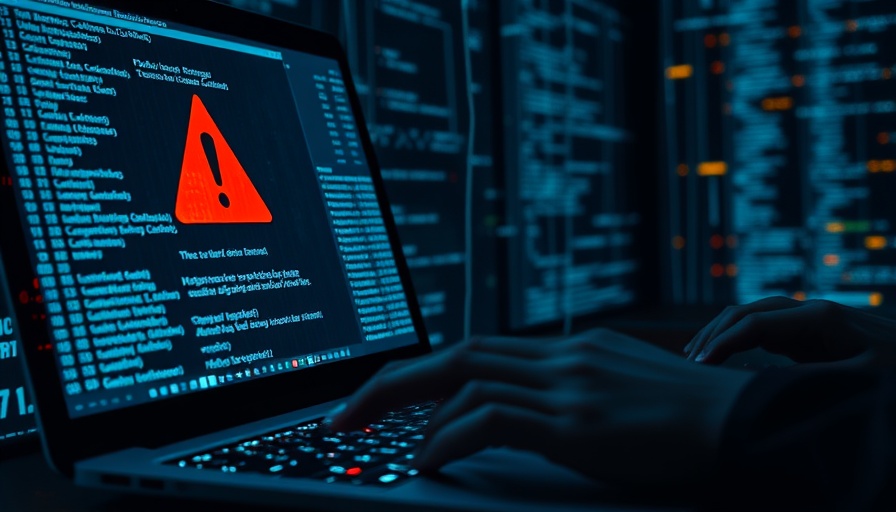
The Evolving Landscape of Cybersecurity Threats
As technology advances, so too do the tactics of cybercriminals. Recent insights from CrowdStrike reveal a disturbing trend: hackers are now leveraging weaponized artificial intelligence (AI) to execute more sophisticated, aggressive attacks with unprecedented speed. Whereas traditional hacking often relied heavily on exploiting human error, these new methods allow attackers to automate and scale their efforts significantly. Companies must now grapple with the fact that AI, often employed to enhance security, has also become a critical component of the threat landscape.
Generative AI: A Double-Edged Sword
Generative AI, which enables machines to produce human-like text and code, is not just an advancement for legitimate enterprises. Attackers have begun to utilize generative AI to create malware and streamline their operations. Take for instance malware like Funklocker and SparkCat, which showcase methods that are mimicking legitimate systems to evade detection. The implications of this dual-use technology are profound, particularly for tech-driven and marketing-centric industries. Vulnerabilities inherent to agentic AI systems, now seen as vital tools for businesses, have become the focal points for malicious actors aiming for faster, broader campaigns.
Why Businesses Should Worry About AI-Driven Threats
The focus is shifting from human-based entry points to exploiting AI systems. CrowdStrike emphasizes that vulnerabilities in AI agent tools could be the next significant breach points. With four out of five interactive intrusions being malware-free, attackers are increasingly relying on skilled operatives using legitimate access and social engineering to infiltrate networks. As companies grow more dependent on AI systems for operations, the risk increases that these same technologies could be manipulated to facilitate breaches.
Real-World Examples Illustrating New Threats
Events unfolding in the cybersecurity landscape have shown that hacker groups like DPRK-nexus Famous Chollima and Scattered Spider are now employing generative AI to execute their strategies. Notably, Scattered Spider was able to deploy ransomware less than 24 hours after accessing a target’s system. These examples highlight not only the audacity of current cyber threats but also the speed at which they can materialize into significant attacks.
The Human Element Remains a Critical Weakness
Despite the leap in technological sophistication among attackers, CrowdStrike's findings indicate that human error and intervention remain a major vulnerability. The overwhelming majority of interactive attacks exploited by hackers still rely on human attackers exploiting system weaknesses rather than solely automated processes. This emphasizes the importance of training and awareness for employees across all levels of organizations to mitigate risks posed by social engineering and human error.
Strategies for Enhanced Cybersecurity in the Age of AI
As the landscape becomes increasingly formidable, CEOs and marketing managers must prioritize proactive cybersecurity strategies. This includes implementing employee training programs to recognize phishing attempts, investing in robust cybersecurity defenses, and regularly auditing AI systems to identify and patch vulnerabilities. Businesses should stay informed of emerging threats and consider adopting advanced threat detection solutions that leverage AI to counteract AI-driven attacks.
In a world where technology evolves every day, businesses must remain vigilant. As AI continues to be weaponized in ways we are just beginning to comprehend, adopting a dynamic and informed approach to cybersecurity isn't just advantageous—it's essential for survival.
 Add Row
Add Row  Add
Add 




Write A Comment